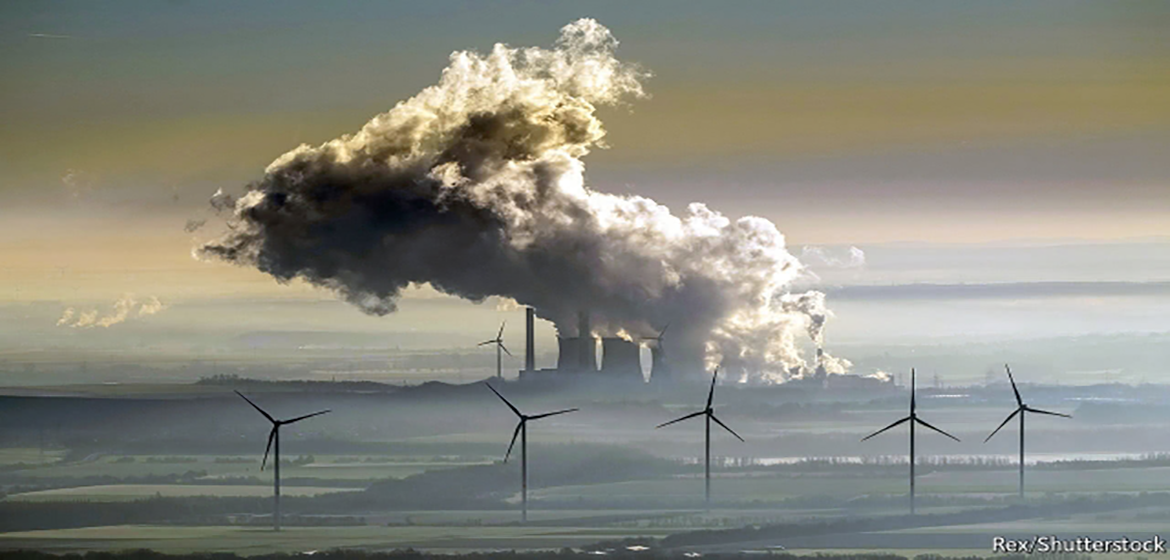Clean energy may not yet have reached a tipping-point
HE CALLS IT “the geopolitics of the gap”. Carlos Pascual of IHS Markit, a consultancy, says that one of the biggest challenges for the world’s policymakers in coming years will be to strengthen pledges made in the Paris agreement. They still amount to barely one-third of what is necessary to keep global temperatures from rising more than 2°C above pre-industrial levels.
Renewable-energy advocates talk of a “tipping-point” at which renewables become cheap enough to drive fossil fuels out of the electricity mix. To hear them talk about falling costs, you would think the world was almost there (see chart). Yet excluding hydropower, renewables still produce only 8% of the world’s electricity, and far less of the energy needed for heating, cooling and transport, which are harder to decarbonise.
A few statistics in a new book, “Taming the Sun”, by Varun Sivaram, of the Council on Foreign Relations in Washington, DC, highlight the obstacles to be overcome before solar photovoltaics become a mainstream energy source. However fast the price of a kilowatt-hour of electricity generated by solar panels has fallen, he writes, the price of a gigabyte of data storage in a microchip has fallen a million times faster. The recent drop in solar prices has been due to economies of scale, not improvements in performance.
Moreover, Mr Sivaram argues that although solar panels are cost-competitive as a niche energy source, their economics become less attractive the more they are deployed. That is because they cannot be turned on and off, so they flood the electricity market when the sun is high, driving down wholesale prices. The more solar power is added to the grid, the lower its value.
Renewable-energy advocates talk of a “tipping-point” at which renewables become cheap enough to drive fossil fuels out of the electricity mix. To hear them talk about falling costs, you would think the world was almost there (see chart). Yet excluding hydropower, renewables still produce only 8% of the world’s electricity, and far less of the energy needed for heating, cooling and transport, which are harder to decarbonise.
A few statistics in a new book, “Taming the Sun”, by Varun Sivaram, of the Council on Foreign Relations in Washington, DC, highlight the obstacles to be overcome before solar photovoltaics become a mainstream energy source. However fast the price of a kilowatt-hour of electricity generated by solar panels has fallen, he writes, the price of a gigabyte of data storage in a microchip has fallen a million times faster. The recent drop in solar prices has been due to economies of scale, not improvements in performance.
Moreover, Mr Sivaram argues that although solar panels are cost-competitive as a niche energy source, their economics become less attractive the more they are deployed. That is because they cannot be turned on and off, so they flood the electricity market when the sun is high, driving down wholesale prices. The more solar power is added to the grid, the lower its value.
Batteries could help solve that problem by storing the power for times of strong demand. But no one has yet invented a lithium-ion battery capable of storing solar energy for long periods of time to even out seasonal variations in sunlight. Electric vehicles (EVs) could speed up the energy transition, by cleaning up the transport component of energy and offering a way to store electricity, too. But mass electrification brings its own problems.
In order to incorporate large quantities of renewables, interconnected power systems will be needed so that those with an abundance of clean energy can share it with those who lack it. The risk is that these will recreate the vulnerabilities of cross-border pipelines. Karen Smith Stegen of Jacobs University in Germany argues in “The Geopolitics of Renewables” that interconnected grids are relatively safe because all the countries involved want to keep the electricity flowing smoothly. But high-voltage, direct-current transmission lines, such as those now being proposed between north Africa and Europe, may be more at risk of meddling.
None of these problems is insurmountable. New, more efficient solar technologies are being developed. Financial innovation is creating new ways of investing in renewable energy. Elon Musk, of Tesla and SpaceX fame, may yet produce lithium-ion batteries cheap enough to revolutionise transport. In the West he gets most of the attention, but China is also doing much pioneering work, from EVs to supergrids.
Source:
Related to SDG 7: Affordable and clean energy




